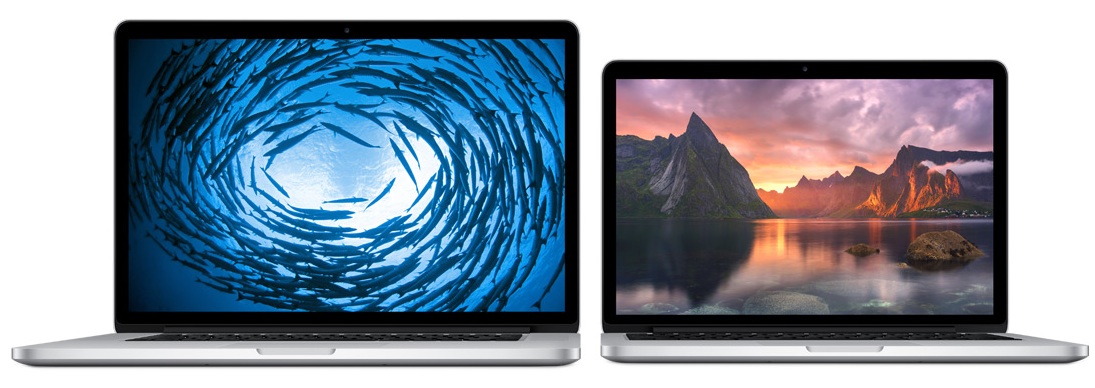
:max_bytes(150000):strip_icc()/A2-AddaMonitorToaMacBookPro-annotated-903a1cf5321446a795ebbcb838e10ae9.jpg)

In Full Screen view mode, Windows occupies its own macOS Space, which means that you can use the macOS features to move between Spaces: the three- or four-finger swipe on the trackpad, or the Spaces bar, which appears instead of the Mac menu bar when you enter Mission Control on the Mac.

If you aren’t sure what a view mode is and which one you are using, then please check out this blog post: Coherence and other view modes reviewed. I will also use videos to quickly illustrate how to leverage each scenario.įirst things first: the way in which you switch between macOS and Windows depends on the Parallels Desktop view mode you are using. If there are two operating systems running simultaneously, how can you tell which is which, and how do you switch between them?īeing able to easily and quickly switch between macOS and Windows is one of the essential features of Parallels Desktop, and in this blog post I will describe each of the ways to do this. I admit it: running two or more operating systems at the same time seems kind of strange at first. This post is part of a series to assist new users with OS virtualization on Parallels Desktop.


 0 kommentar(er)
0 kommentar(er)
